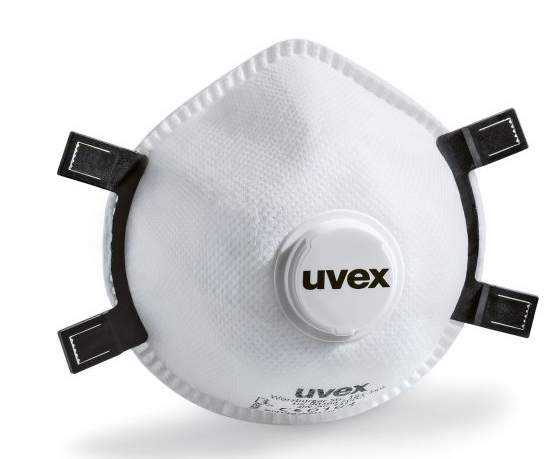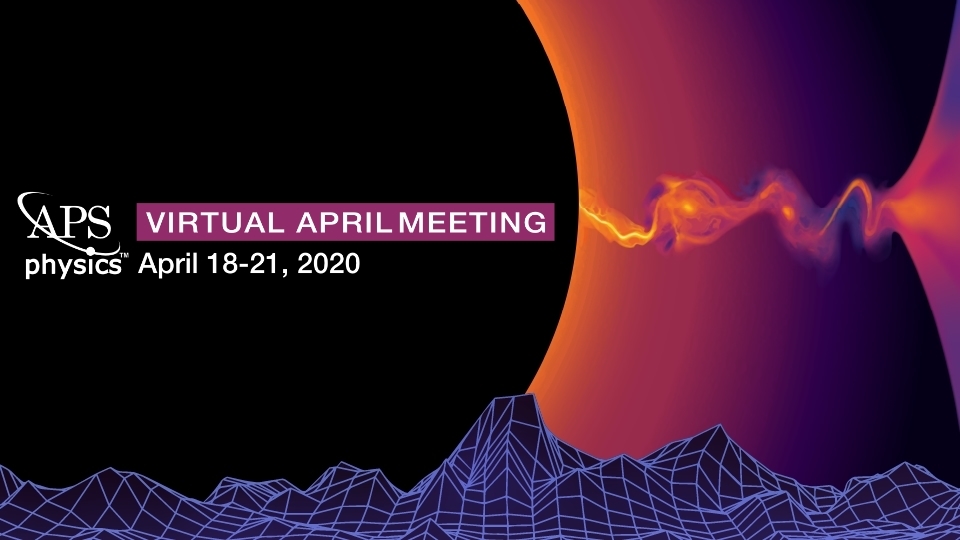Raman sets new levels for FFP3 mask efficiency

Over the past three months we have all come to know more than we ever wanted to know about face masks. There was a time when most of us encountered face masks only as themes for movies (think Antonio Banderas in Zorro and Jim Carrey in The Mask) or as gloopy brown stuff applied to […]
Physicists beat the lock-down

Imagine: you are expecting more than 1,000 colleagues to travel thousands of miles to attend your conference but suddenly travel becomes impossible. What to do? This was the problem facing organisers of the April 2020 meeting of the American Physical Society (APS) when COVID-19 was officially designated a global pandemic one month before the conference […]